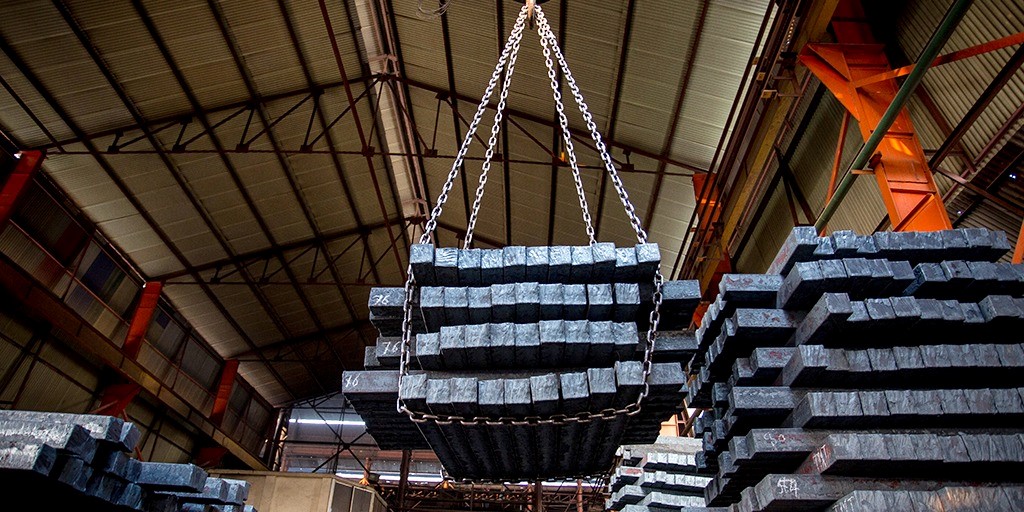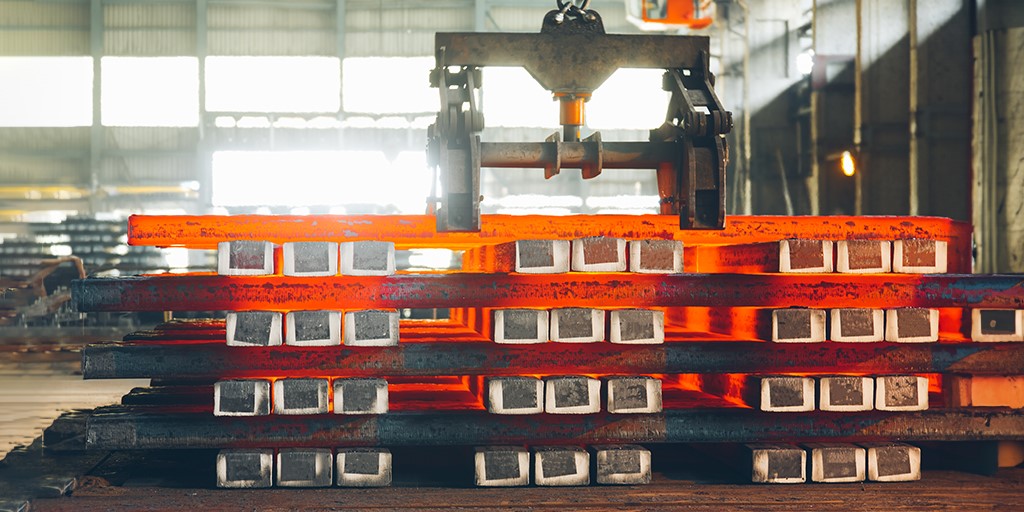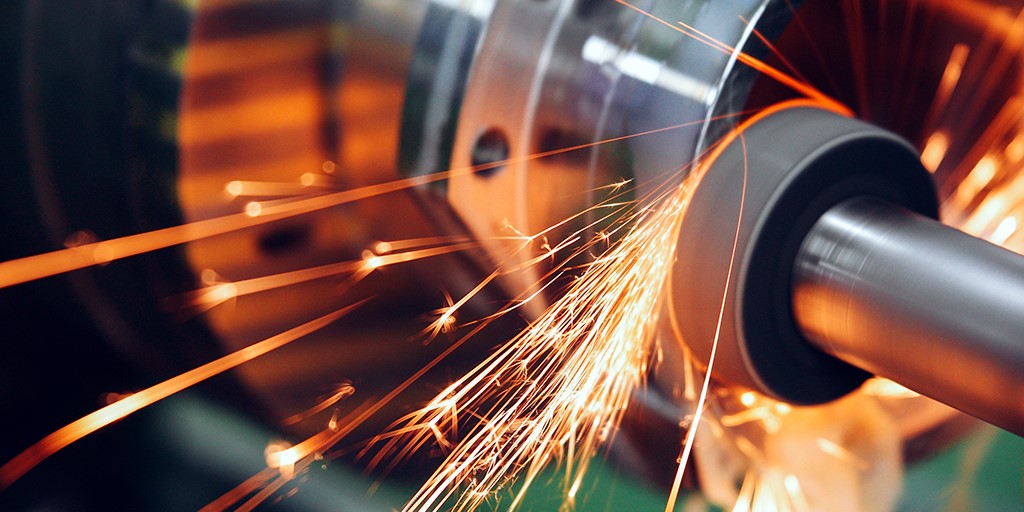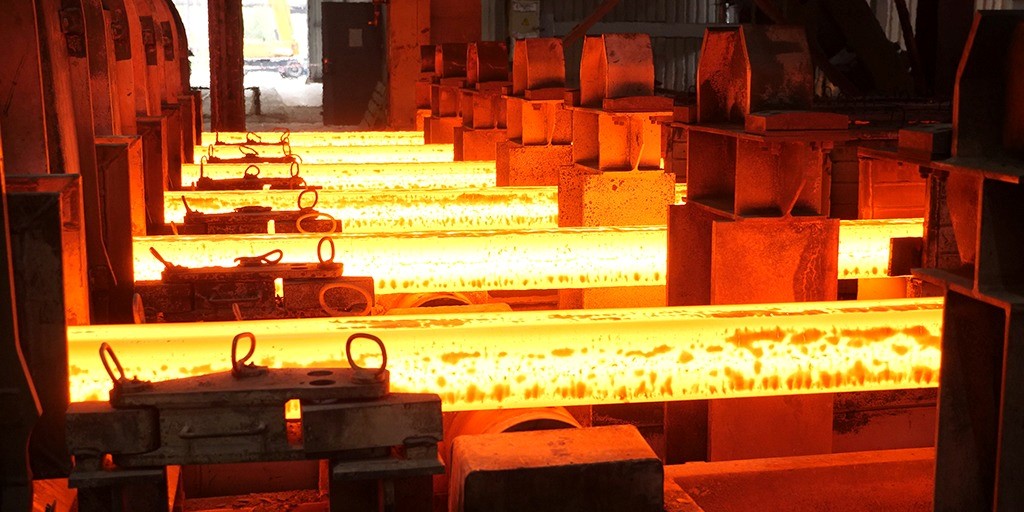
Breakthroughs in Structural Engineering
Structural engineering is rapidly evolving, driven by innovative technologies and new materials that enhance efficiency, sustainability, and collaboration in the industry. Let’s look at the five major trends that will affect the future of structural engineering: Building Information Modelling (BIM), prefabrication and onsite fabrication, new building materials, artificial intelligence (AI), and the Internet of Things (IoT).
Building Information Modelling (BIM)
Building Information Modelling (BIM) is revolutionising structural engineering by providing a complete digital picture of all the features of a building. BIM does more than just make a project easier to see. It also helps stakeholders work together, control costs better, and keep an eye on the project throughout its entire lifecycle.
Prefabrication and Onsite Fabrication
Prefabrication is the process of making building parts in a controlled factory setting and then moving them to the construction site for assembly. Modular construction takes this a step further, allowing entire building modules to be constructed in factories and assembled on-site.
New Construction Materials
With growing awareness of the environmental impact of construction, the industry is embracing novel materials that promote sustainability and durability. One such breakthrough is self-healing concrete, which autonomously repairs cracks, extending the lifespan of concrete structures and reducing maintenance costs.
Artificial Intelligence (AI)
Artificial intelligence is transforming structural engineering by streamlining procedures and opening up new opportunities for innovation. AI-powered algorithms enable generative design, which allows engineers to experiment with many design alternatives based on specific criteria. This speeds up the creative process, encourages innovation, and leads to solutions that traditional approaches may miss.
Internet of Things (IoT)
The Internet of Things (IoT) is transforming how buildings are designed, constructed, and managed. This integrated network of devices and sensors collects real-time data, allowing for smart manufacturing and improved product quality and performance. IoT-enabled goods offer insights into real-world usage, encouraging continual innovation and a better user experience.
The future of structural engineering is at the intersection of technological advancements that are reshaping the industry. To remain competitive in this ever-evolving landscape, structural engineers must stay informed about these trends and consider enrolling in structural engineering courses to further their knowledge and skills. By embracing these breakthroughs, professionals can help shape a more sustainable, efficient, and collaborative future for the construction industry.











